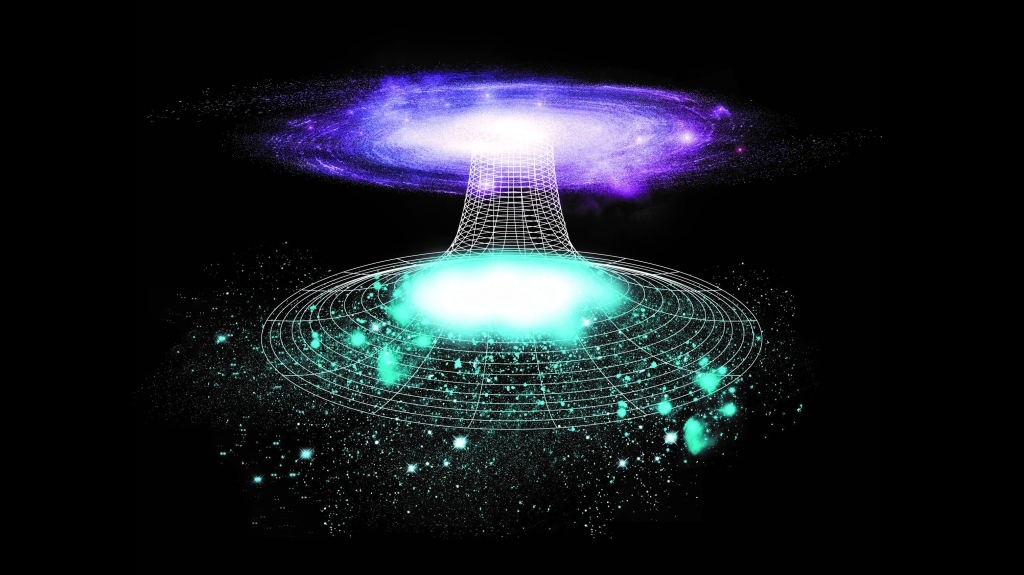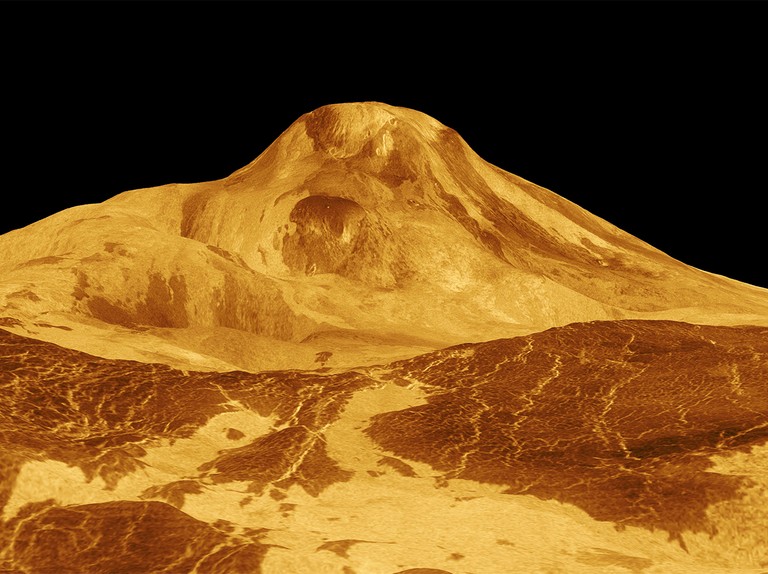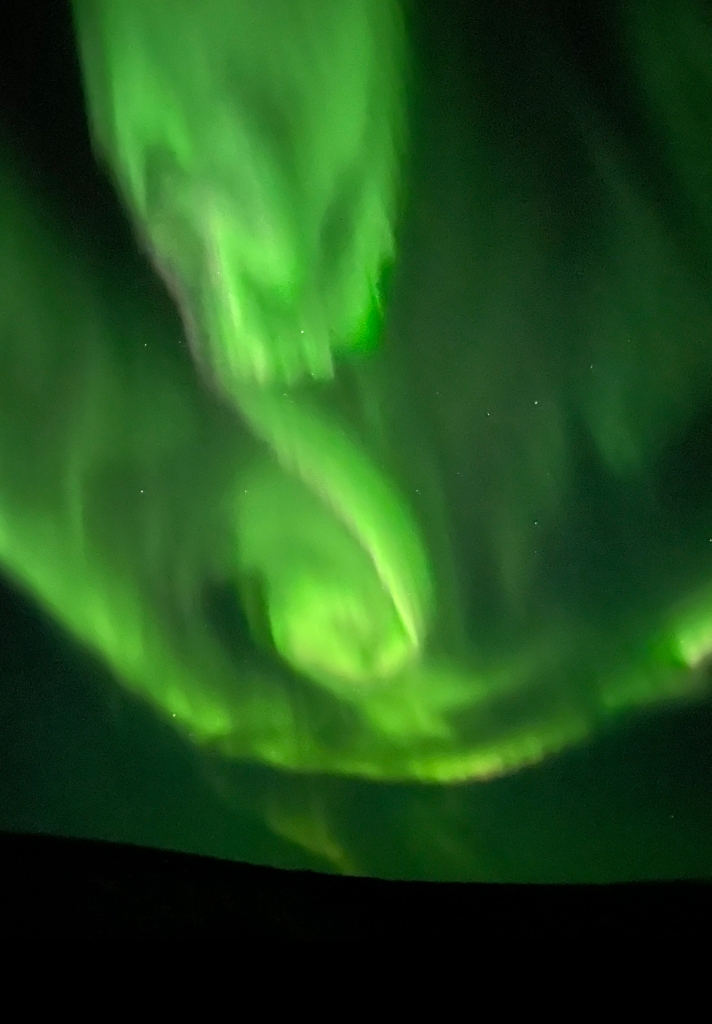January 2026 S M T W T F S 1 2 3 4 5 6 7 8 9 10 11 12 13 14 15 16 17 18 19 20 21 22 23 24 25 26 27 28 29 30 31 Archives
- December 2024
- November 2024
- October 2024
- September 2024
- August 2024
- April 2024
- March 2024
- February 2024
- January 2024
- May 2023
- April 2023
- March 2023
- February 2023
- January 2023
- May 2022
- April 2022
- March 2022
- February 2022
- January 2022
- May 2021
- April 2021
- March 2021
- February 2021
- January 2021
- April 2020
- March 2020
- February 2020
- January 2020
- May 2019
- April 2019
- March 2019
- February 2019
- January 2019
- May 2018
- April 2018
- March 2018
- February 2018
- January 2018
- July 2017
- May 2017
- April 2017
- March 2017
- February 2017
- January 2017
- May 2016
- April 2016
- March 2016
- February 2016
- January 2016
- April 2015
- March 2015
- February 2015
- January 2015
- April 2014
- March 2014
- February 2014
- January 2014
- May 2013
- April 2013
- March 2013
- February 2013
- January 2013
- April 2012
- March 2012
- February 2012
Currently Used Categories
Tag Cloud
- astro201
- astro2110
- astrobiology
- astronomy
- blog1
- blog2
- blog3
- blog4
- blog5
- blog6
- blog7
- blog8
- blog9
- blog10
- brahe
- Class
- Comets
- Copernicus
- earth
- Europa
- extremophiles
- galilei
- galileo
- gravity
- history
- HW2
- HW6
- jupiter
- Kepler
- life
- Mars
- me
- Moon
- NASA
- Newton
- planets
- pluto
- saturn
- Solar System
- space
- technology
- telescopes
- tides
- Time
- Uncategorized
Rock Samples from Mars
Mars has been of interest because of evidence that it may have once supported life. NASA’s latest rover, Perseverance, has been sent to Mars to look for signs of ancient life. A big part of this endeavor is sending samples from Mars back to Earth for more detailed study. If successful, the Mars 2020 mission […]
Posted in Class, Instruments, Space Travel
Tagged astro2110, blog3, Mars, Solar System: Terrestrials
Comments Off on Rock Samples from Mars
Nuclear Fusion For Rocket Propulsion

Nuclear fusion-where the nuclei of two atoms combine to establish a new atom-serves as the primary process that powers main sequence stars (like our Sun). For stars, nuclear fusion most commonly occurs with two hydrogen atoms fusing to form a helium atom. The result of such fusion processes is the output of great amounts of energy. So, as every great rocket scientist should ask: can nuclear fusion be controlled in a manner that it can safely propel a spacecraft through space?
According to Michael Paluszek (President of PSS), fusion-driven rockets the size of several refrigerators can one day take humanity to other planets in our Solar System. Though there are large fusion reactors under development with the objective of generating hundreds of megawatts of power, Paluszek’s smaller scale generator seeks to generate only around 10 to 12 megawatts (mW). However, this is a much lighter generator that could cost around $20 million (compared to the $20 billion experiments).
PSS’s fusion rocket seeks to utilize low-frequency radio waves to get a mixture of deuterium and helium-3 up to a temperature suitable for fusion to occur. Once this is attained, plasma is produced, and a generated magnetic field contains this plasma within a ring. Some of this plasma can eventually escape this ring and fling out of the rocket nozzle at a velocity of at most 25,000 km/s (or 55.9 x 10^6 mph). Finally, by conservation of momentum, the ejection of this plasma can drive the rocket forward at extremely high speeds.
How are these characteristics better than the current propellant-driven systems that we use today? Well, Paluszek mentions that, with current technology, a round-trip mission to Mars would take about 2 years, whereas spacecraft with six 5 mW fusion rockets can accomplish the same trip in about 310 days. From an electrical perspective, the New Horizons mission by NASA had only 200 W of available power for communications and instrumentation once it reached Pluto. A spacecraft equipped with just one fusion rocket can reach Pluto with approximately 500 kW of power (2,500x more power).
Therefore, nuclear fusion offers a great opportunity to expand humanity’s reaches into space as it can provide greater amounts of thrust and more power to fulfill the electrical needs of a spacecraft and its instrumentation. Such a step is needed to go further into space as we have essentially reached (or nearly reached) the maximum potential in which current propellant can produce. If fusion rockets can be successfully developed and refined, humanity can explore the once impossible to reach areas of the Solar System.
Posted in Class
Tagged astro2110, blog3, nuclear fusion, propulsion, rocketry
Comments Off on Nuclear Fusion For Rocket Propulsion
White Holes

Most people by now are familiar with the term “black hole”- a body of high mass with a gravitational pull so strong that nothing which enters can escape from it. The idea of a black hole was born from Einstein’s general theory of relativity.
Also born from Einstein’s mathematical equations, however, is the much lesser-known “opposite” of a black hole: the white hole. White holes are the opposite of black holes in both a mathematical and literal sense. Whereas a black hole does not allow any particle which enters to escape, a white hole prohibits anything from entering and ejects everything within it. Thus, light is only capable of leaving a white hole resulting in a highly radiative body.
Unfortunately, white holes currently are just a mathematical theory; scientists have not found any white holes existing in the universe. But, they do have a potentially important role in explaining the origins of our universe. Some scientists theorize that the big bang was actually a supermassive white hole. Unlike black holes, though, white holes are only visible for a short period of time during the event itself. Once its content is ejected, the white hole ceases to exist.
Sources: PBS Space Time, Wikipedia
Posted in Class
Tagged astro2110, Black Holes, blog4, general relativity, white holes
Comments Off on White Holes
Theories of Moon Formation

In class we discussed one potential theory of the moon’s formation that is the favorite within the scientific community: the giant impact hypothesis. The theory states that a Mars-sized body (Theia) crashed into the Earth ejecting pieces of a young Earth’s rocky crust into space. Gravity from the remainder of Theia’s core drew these particles together, eventually forming the moon as we know it today.
Some doubt is cast on this theory, however, due to the fact that computer-simulated models suggest that more than 60% of the moon’s materials should come from Theia, but the composition of the Earth and Moon are nearly identical. Some scientists believe they answered that concern 2 years ago when they found that the composition of rocks from the deep lunar mantle better matched those of the theorized Theia.
Despite its support within the scientific community, two other moon formation theories have achieved relative popularity, though more gaps exist in their explanations.
Co-Formation Theory: Some scientists believe that the Moon formed at the same time as Earth, similar to other moons and their parent planets in the solar system. Such an explanation would explain the similar composition of the Earth and Moon, since both would have formed from the same early solar system materials. But, it does not account for the differences in density between the Earth and Moon.
Capture Theory: Other scientists theorize that the Moon was formed elsewhere in the universe and the Earth pulled it into its orbit as it was passing by. Such a method has been observed elsewhere in the solar system, including two martian moons. The capture theory has difficulties explaining both the size and nearly perfect spherical nature of the moon.
Source: Space.com
The Himalayas of Venus

The Himalayas might be considered the most impressive mountain range on Earth, but what about other geological formations on planets around the solar system? Most famously, Olympus Mons is the tallest mountain in the solar system, located on Mars at 21229 meters, and about 2.5 times the size of Mount Everest. Alternatively, while not as seemingly impressive as Olympus Mons, Venus itself also contains mountain belts which are comparable to the Himalayas on Earth, and the main mountain belts are the Akna Montes, Danu Montes, Freyja Montes, and Maxwell Montes. It’s important to consider the different factors that led mountain ranges such as those on Venus to develop and why they differ from those found on other worlds in our solar system.
The mountain belts on Venus most likely developed in a similar way to those on Earth, where large parts of the lithosphere were compressed from their sides, resulting in land folding upwards. However, a very noticeable difference when observing mountains on Venus would be the far steeper slopes and cliffs. The surface of Venus is extremely high, at around 460 degrees Celsus, which results in no water or ice present on the planet. Without running water or moving glaciers, erosion of the steep mountains was unable to occur as it did on Earth, causing this major observable difference. In addition, rifts are also present on the Venusian surface, resulting from volcanic activity; however, just as the mountain ranges differ, rifts on Venus also differ as very little erosion has occurred due to the lack of water or ice. It’s interesting to consider the different reasons for why geological formations differ on other planets, as well, it’s important to consider how we would have to account for differences in geology if attempting to live on different planets in the future.
Posted in Observables
Tagged astro2110, blog3, geology, Solar System, venus
Comments Off on The Himalayas of Venus
Born from the Stars

It may be hard to believe, but in all technicality, everything in the solar system, including humans, are born from star dust.
Let’s start at the beginning, at the big bang. The matter released from the big bang made up the first generation of stars, only containing the elements hydrogen and helium. Eventually, when the cycle of these stars living and dying and being reborn progressed, a small amount of matter in the universe was converted into other elements.
The current hypothesis on how our own solar system was created is the nebular theory, which starts with the idea that our solar system was created by the collapse of a solar nebula, which is a large cloud of gas. This nebula was formed by the cycle of stars living and dying producing recycled star material. At this point in time, science believed that the matter of the nebula still contained 98% helium and hydrogen, but 2% of other elements. Science believes that Earth, as well as the other planets in our solar system are mainly made up of this other 2%.
So in short, our entire solar system is made up of recycled star material, hence we are born from the stars. It may be strange to think, but in all technicality everyone on Earth is really just a descendant of the stars, and every atom in their body originated from one. Imagine if we could trace our individual atoms back to specific stars, and know which stars we are born from, now that would be a lot of fun!
Posted in Class, SolarSystem
Tagged astro2110, blog4, Class, Solar System, solarsystem, spacedust
Comments Off on Born from the Stars
Unmanned Spacecraft and AI

There are 4 types of unmanned space craft that are used to collect data: flybys, orbiters, landers, and sample return mission spacecraft. Flybys simply pass by a celestially object, and are generally the cheapest as they usually require no fuel propulsion after leaving Earth’s orbit. Flybys mostly observe through the use of telescopes and other instruments. Orbiters are similar to Flyby’s but enter a planet’s orbit and remain there. Landers do what the name suggest, land and could traverse a planet’s surface with a rover. Sample return mission craft land on a celestial object, and send back physical samples to be studied on Earth, and very few of these are ever used as they can be very expensive.
The most intimate of these exploration craft are the landers, as they make physical contact with a celestial body and can get up close and personal with it. One problem that may be obvious to any avid astronomer is the radio signal delay between pretty much any celestial body and Earth. Remote controlling a moving rover is impractical due to this delay, and Land Rovers most commonly rely on automated AI programs to control the movement path and action of these rovers. It should be noted that AI refers to a computer program that takes input and makes decisions based off of it, and it is not necessarily a free thinking mind.
However, we are nearing closer and closer to AI that can for all intents and purposely replicate human decision making, and in the future when we accomplish this, a whole new world of space exploration and colonization could be possible.
Instead of astronauts risking their lives and having to be equipped to insure their human survival needs are met, automated robots could be used, with the only risk being losing what ever funding was used if the robot astronaut was lost.
Additionally, while humans must make the best of what they can do, AI robots can be built from scratch to be the most efficient and effective astronauts possible, without the need for oxygen, sleep, water, food, or a hospitable atmosphere. It should be noted that obviously robots will require power, however power can be easier made sustainable than food or water.
AI could allow taking much greater risks without worrying about carelessly throwing away human lives, which could accelerate space exploration and colonization.
It may not be many years before AI technologically allows the possibility of hospitalizing a celestial body such as the moon or mars, setting up bases, farms, living areas, communication, transportation, and much more without a human astronaut ever having to set foot until the environment is completely prepared for them to arrive on a red carpet, welcomed by a host of artificial intelligence robotic space crew.
Sources: ESA – Artificial Intelligence in Space , Five ways artificial intelligence can help space exploration
Posted in Class, Space Travel
Tagged astro2110, blog3, spacecraft, technology
Comments Off on Unmanned Spacecraft and AI
Warping the 4th Dimension

The concept of time dilation is one of the direct results of the theory of general relativity proposed by Albert Einstein, and it explains the effect of gravity on time. The theory of general relativity describes space as a three-dimensional space with time being the fourth dimension through which space is moving, creating the spacetime continuum. As well, another integral concept of general relativity is that light travels at a finite speed and nothing can travel faster than light itself. As a result of this finite limit of speed to the universe, Einstein decided to investigate whether Newton’s 3 Laws of Motion held constant for objects that traveled close to the speed of light. Ultimately, he discovered that Newton’s Laws of Motion were correct approximations at relatively slow speeds; however, when approaching the speed of light they did not hold constant and exceeded the universal limit of speed. This resulted in Einstein’s derivations of Newton’s equations which helped explain the effect of gravitational distortion in the spacetime continuum on light and consequently time.
It’s important to understand the effects of gravity on time and space because it explains how time dilation actually occurs in nature. As previously explained, gravitational distortion in the spacetime continuum has an effect on light, specifically, it warps light to bend around it. The larger the gravitational distortion in spacetime, the greater the light will be bent around it. Similar to light, since space and time are related in Einstein’s theory of relativity, both space and time are warped by gravity. We see these effects on space through the elliptical orbits of planets around more massive objects such as stars, but time is affected in a different way. As explained in the movie Interstellar and the theory of relativity, when traveling at speeds close to the speed of light or at an area of significant gravitational distortion, time will move slower in relation to an observer moving at a much slower speed. The example used in the movie had astronauts exploring a planet that was very close to the event horizon of a supermassive black hole, meaning they were experiencing an extreme gravitational distortion of spacetime. As a result, one hour spent on the planet would equate to 7 years on Earth, an example of extreme time dilation. It’s hard to grasp the reality of time dilation because we all understand time as a constant concept that we are unable to interact with and change. However, it’s interesting to think that if we were able to travel at fast enough speeds, one would be able to age much less quickly than someone traveling at relatively slow speeds, essentially creating a form of time travel to the future. As well, if traveling at such high speeds is possible in the future, it would be easier to send future astronauts on much longer missions as they would age much less in comparison to those on Earth.
Posted in Physics, Space Travel
Tagged astro2110, blog4, general relativity, interstellar, Time
Comments Off on Warping the 4th Dimension
Northern Lights
The Northern lights are one of the most sought after views that light up the night sky. There is a burst of colors of greens, blues and purples that dance across the sky. But what exactly causes this astonishing sight? Many ancient civilizations have been observing this celestial phenomenon long before us, and have come up with various humorous explanations such as the Northern lights are actually the spirits playing ball with a walruses head. There are many other stories that people throughout history have come up with, but of course the reality is actually a bit more violent than one might believe, it is actually the result of solar particles colliding with gases in Earth’s atmosphere. these atoms from the atmosphere are excited from the solar particles are are what allow us to see Aurora Borealis paint the night sky

Aurora borealis and australis | blog IV
Aurora borealis and australis (the northern and southern lights, respectively) are an atmospheric phenomenon that results from strong solar winds hitting our atmosphere. The magnetic field captures some of the electrically-charged particles bombarding the Earth, and effectively guides them towards the two poles. Atoms and molecule collide with particles from the Sun in a process call excitation, which heats them. While this movement is random, it happens while following patterns caused by more-concentrated areas of force in the magnetic field. This is why the aurora borealis and australis appears wavy.
The phenomenon’s distinctive colors are influenced by the composition of Earth’s atmosphere. The gas of each element produces a different color, with Oxygen producing a green color, excited Nitrogen producing red, and ionized Nitrogen producing bluish-purples. Auroras typically occur between altitudes of 100 and 200 km—something pretty incredible, considering they are caused by activity on the Sun’s surface.
Both photos below are by my mom’s best friend, who is a professional photographer currently in Alaska for National Geographic. He texted me these photos the other day–good timing:)
Jeff Yonover/Jeff Yonover Photography


Posted in Class | Astr 2110
Tagged blog4, northernlights, solarflare
Comments Off on Aurora borealis and australis | blog IV
